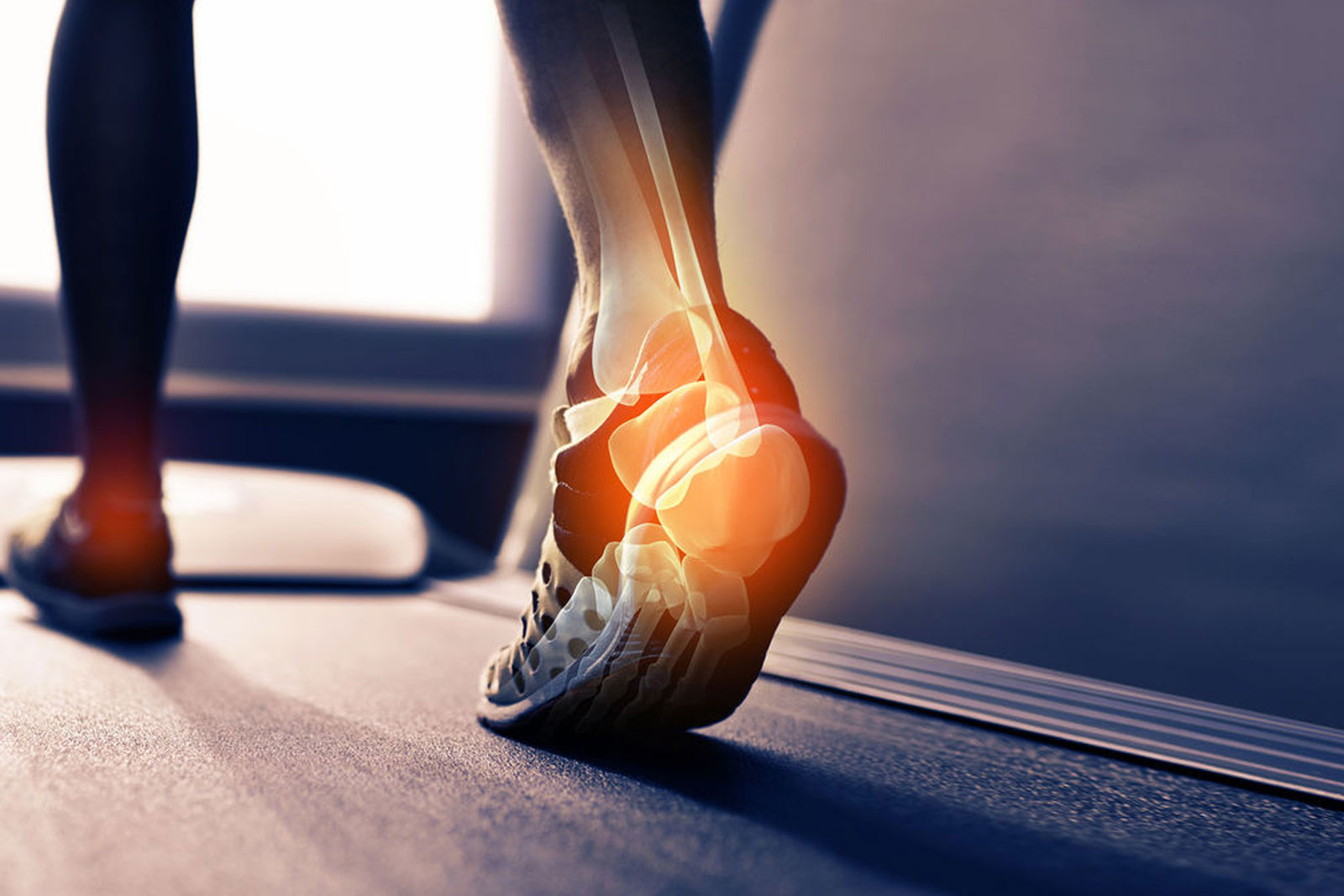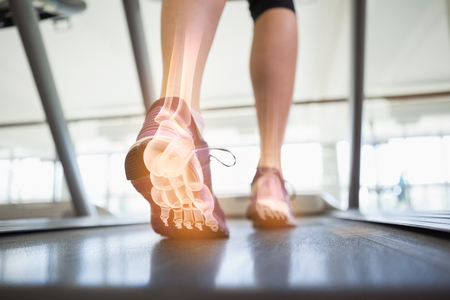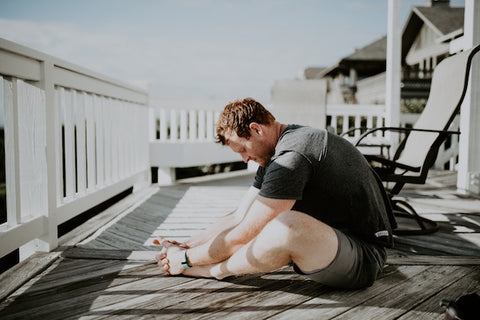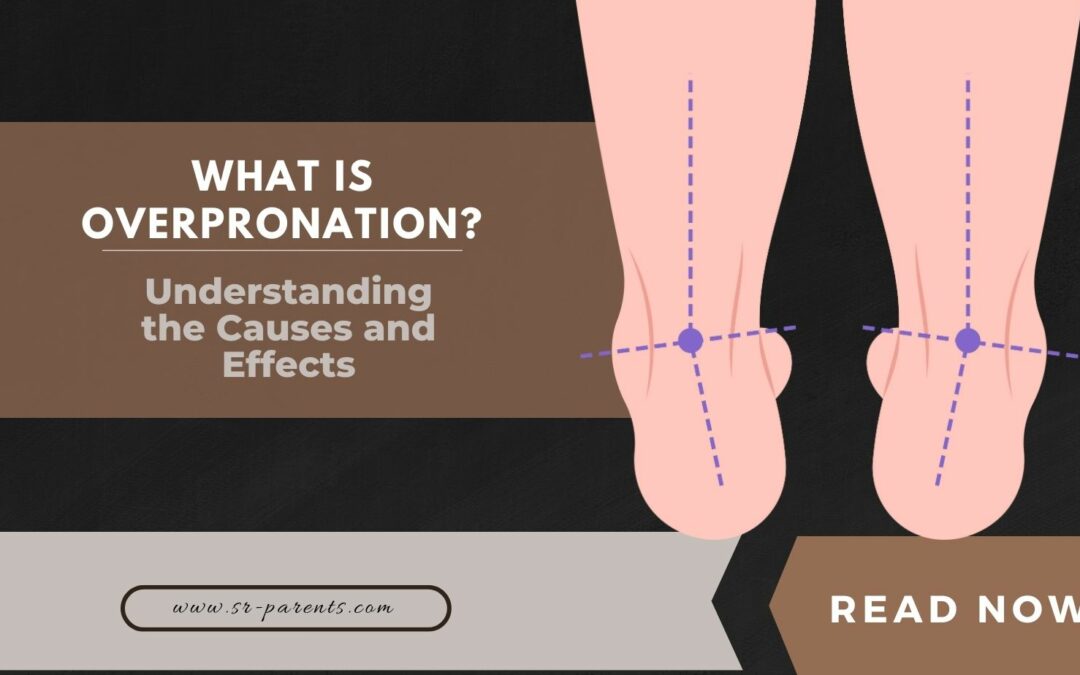Overpronation in elders is a common foot condition that describes the excessive inward roll of the foot after it lands on the ground. This natural movement, known as pronation, becomes problematic when it exceeds normal limits. Understanding overpronation is vital to foot health and overall physical wellness.

Motion-control shoes or stability shoes with extra arch support can help manage overpronation. These shoes help control the foot’s motion and are helpful for those with severe or moderate overpronation. Custom orthotics like orthotic insoles or prescription orthotics can also aid in distributing foot pressure evenly. Therefore, understanding what overpronation is and its contributing factors is crucial in maintaining foot health and preventing certain injuries in elders. Let’s remember the foot strikes the ground approximately 10,000 times daily, so make each step count.
Contents
What is Foot Pronation?
Have you ever wondered, What’s overpronation? Well foot pronation is a normal physiological movement that occurs during the gait cycle. As the foot strikes the ground, it rolls inward (pronates) to absorb shock and adapt to uneven surfaces. This motion allows for efficient weight distribution and optimal force transmission throughout the lower extremities.
Functions of a Normal Pronation
Normal pronation serves several functions:
- Shock Absorption:The rolling motion of the foot, along with the use of foot pressure scan, pronation helps to attenuate the impact forces generated when the foot strikes the ground. This mechanism, enhanced by foot pressure scan technology, protects the joints and soft tissues from excessive stress.
- Adaptation to Terrain: Pronation enables the foot to adapt to different surfaces, providing stability and balance while walking or running on uneven ground.
- Force Distribution: By evenly distributing the body’s weight across the foot, pronation facilitates efficient energy transfer during movement, reducing the risk of overuse injuries.
Types of Foot Pronation
There are three main types of foot pronation:

- Neutral Pronation: In neutral pronation, the foot rolls slightly inward upon impact, allowing optimal shock absorption and balanced weight distribution. This gait pattern is considered biomechanically efficient.
- Supination (Underpronation): Supination occurs when the foot rolls outward, resulting in inadequate pronation. This gait pattern places excessive stress on the outer edge of the foot, leading to various foot and leg problems, such as plantar fasciitis, shin splints, and ankle instability.
- Overpronation: Overpronation involves an excessive inward rolling motion of the foot. This condition causes the arch to flatten excessively, increasing the risk of overuse injuries and contributing to knee pain, shin splints, and Achilles tendonitis.
Causes of Overpronation
Understanding the causes of overpronation is crucial in identifying preventive measures and finding appropriate treatment options for elders. We will explore the factors behind overpronation, including genetic factors, foot structure, muscular imbalances and weakness, previous injuries or trauma, and improper footwear.
Genetic Factors and Foot Structure
One of the primary causes of overpronation is attributed to genetic factors and the inherent structure of an elder’s foot. Some elders naturally have flat feet, meaning their arches do not have a significant curve. Flat feet can lead to overpronation as the arch flattens excessively during walking or running, causing the foot to roll inward more than usual. Elders with flat feet are more prone to experiencing foot pain and developing conditions such as plantar fasciitis and medial tibial stress syndrome.
Muscular Imbalances and Weakness
Muscular imbalances and weakness can also contribute to overpronation in elders. The muscles and tendons in the feet and legs play a crucial role in maintaining proper foot alignment and stability. When certain muscles are weak or imbalanced, they may fail to provide adequate support, causing the foot to overpronate. Additionally, tight muscles, such as the calf and hip flexors, can alter the alignment of the lower leg and foot, exacerbating overpronation.
Previous Injuries or Trauma
Injuries or trauma to the feet and lower legs can result in altered biomechanics and overpronation. When the foot undergoes significant trauma, such as fractures or ligament sprains, the structural integrity of the foot can be compromised. This can disrupt the natural gait pattern and cause the foot to overpronate. Elders who have experienced certain injuries should be cautious and seek appropriate treatment to prevent or address overpronation-related issues.
Improper Footwear
Wearing improper footwear can be a significant contributing factor to overpronation. Shoes that lack proper support, stability, and cushioning fail to adequately control the foot motion during walking or running. Elders with overpronation should opt for motion control or stability shoes that provide extra arch support and help correct the foot’s pronation. Using shoes with inadequate support can increase the risk of overpronation-related injuries and foot pain.
How to Identify Overpronation

Overpronation refers to the excessive inward rolling motion of the foot during walking or running. It can lead to various foot and lower leg issues, such as pain, plantar fasciitis, shin splints, and knee pain. Identifying overpronation is crucial for selecting the appropriate footwear and preventing overuse injuries. Here are three methods to identify overpronation:
Visual Examination of Foot Arches
Start by observing the arches of your feet. You will likely overpronate if you have flat feet, where the arch flattens or disappears when you stand. Look for any signs of the arch collapsing, which indicates excessive pronation.
Gait Analysis and Foot Movement Patterns
Analyzing your gait pattern can provide valuable insights. Pay attention to how your foot strikes the ground and observe the motion as your foot moves through each step. Overpronators tend to have their foot rolling excessively inward, causing the weight to distribute towards the foot’s inner side. This can be observed by tracking the wear pattern on your shoes, which is discussed in the next point.
Assessing Wear Patterns on Shoes
Examine the wear on the soles of your shoes. Overpronators often experience more wear on the heel’s inner edges and the foot’s ball. The outer edges of the shoes may show less wear. This wear pattern results from the excessive inward rolling motion and can indicate overpronation.
Effects and Symptoms of Overpronation
Overpronation is a common foot condition where the foot rolls inward excessively during walking or running. It can affect foot and ankle alignment, leading to several foot conditions and potential impacts on other body parts. We will explore the effects and symptoms of overpronation, including its impact on foot and ankle alignment, commonly associated foot conditions, and its potential effects on other body parts.

Impact on Foot and Ankle Alignment
Overpronation can disrupt the natural alignment of the foot and ankle. When the foot excessively rolls inward, it causes the arch to flatten and the heels to tilt outward. This misalignment can result in increased stress on the foot, leading to foot pain and discomfort. It also alters the gait pattern, affecting how the foot strikes the ground while walking or running.
Common Foot Conditions Associated with Overpronation
- Plantar fasciitis: Overpronation puts additional strain on the plantar fascia, the band of tissue that connects the heel bone to the toes. This increased stress can cause inflammation and pain in the heel, known as plantar fasciitis.
- Shin splints: Overpronation can contribute to the development of shin splints, characterized by pain along the inner side of the shin bone. The excessive inward rolling motion strains the muscles and tendons in the lower leg, leading to discomfort and potential injury.
- Bunions: Overpronation can also contribute to the formation of bunions. The constant inward rolling motion places pressure on the big toe, causing it to deviate from its normal position. This misalignment can lead to the development of a bunion, a bony protrusion at the base of the big toe.
- Achilles tendonitis: The Achilles tendon, located at the back of the ankle, can be affected by overpronation. The excessive inward rolling motion strains the tendon, leading to inflammation and pain. This condition is known as Achilles tendonitis.
Potential Effects on Other Parts of the Body
While overpronation primarily affects the feet and ankles, it can also have secondary effects on other body parts. The misalignment and altered gait pattern can cause knee, leg, and lower back pain. These symptoms may arise due to the compensation of other muscles and joints to adapt to the foot’s improper movement.
Prevention of Overpronation
Preventing overpronation is crucial to maintain foot health and prevent related injuries. Here are some preventive measures to consider:

Choosing Appropriate Footwear
Selecting the right footwear is essential in preventing overpronation. Look for motion control or stability shoes that provide adequate support and help correct pronation. These shoes typically have firmer midsoles and extra arch support to reduce excessive foot movement.
Regular Foot Care and Hygiene
Maintaining proper foot hygiene and care is vital for overall foot health. Keep your feet clean and dry, paying attention to areas prone to friction and pressure. Regularly trim your toenails and moisturize your feet to prevent skin dryness and cracks.
Maintaining a Healthy Body Weight
Excess body weight can strain the feet and contribute to overpronation. Maintaining a healthy body weight through a balanced diet and regular exercise can alleviate pressure on the feet and reduce the risk of overpronation.
Strengthening Exercises and Conditioning
Performing strengthening exercises and conditioning routines for the feet and lower legs can help improve foot stability and reduce overpronation. This may include exercises such as toe curls, calf raises, and ankle rotations. Consult a physical therapist or sports medicine professional for guidance on specific exercises.
Seeking the Right Path to Healthy Feet
Overpronation, a common foot condition where the foot rolls excessively inward, can significantly impact foot health. Early detection and management are crucial for preventing complications and ensuring overall well-being. Be sure to seek appropriate medical guidance! Overpronation can lead to various foot problems, including flat feet, foot pain, plantar fasciitis, and medial tibial stress syndrome. Addressing this issue can mitigate the risks of developing these conditions and alleviate discomfort. Start by visiting a specialized running shoe store or consulting a sports medicine professional or physical therapist.
With their expertise, they can recommend suitable interventions such as motion control or stability shoes, custom orthotics, or physical therapy exercises. By taking proactive steps and seeking professional guidance, you can improve your foot health, relieve pain, and prevent overuse injuries. Don’t let overpronation hinder your mobility and well-being. Take charge of your foot health today and enjoy a life of comfortable walking and running.
Frequently Asked Questions
What is overpronation?
Overpronation refers to the foot’s excessive inward rolling motion during walking or running. It occurs when the arch of the foot collapses and the foot rolls inward too much, causing the ankle to tilt inward. This can lead to misalignment, instability, and increased foot and lower leg stress.
What are the symptoms of overpronation?
Common symptoms of overpronation include foot pain, particularly in the arch or heel, ankle pain or instability, knee pain, shin splints, and even hip or lower back pain. Elders with overpronation may also experience frequent ankle sprains.
How is overpronation diagnosed?
A podiatrist or foot specialist can diagnose overpronation through a physical examination and gait analysis. They may observe your walking or running pattern, evaluate your foot arch, and assess any associated symptoms or pain.
What causes overpronation?
Various factors, including genetic predisposition, weak foot muscles, improper footwear, and certain medical conditions, such as flat feet or fallen arches, can cause overpronation. Overuse or excessive stress on the feet can also contribute to overpronation.
How can overpronation be treated?
Treatment for overpronation aims to correct the alignment of the foot and reduce excessive inward rolling. This can involve wearing supportive shoes or orthotic inserts that provide arch support, performing foot and leg exercises to strengthen muscles, and avoiding activities that exacerbate the condition. In some cases, physical therapy or custom-made orthotics may be recommended for more severe cases of overpronation.
? Follow Senior Parents on Social Media for Expert Tips and Insights!
Stay updated with the latest information on overpronation by following our social media channels. We provide valuable content, tips, and insights on various topics related to senior health and well-being. Join our community on Facebook, Instagram, Pinterest, and Twitter, and be part of a supportive network dedicated to senior care. Stay informed, engage with our community, and empower yourself with the knowledge to promote better foot health. Don’t miss out—follow us today for expert guidance on overpronation and other relevant topics for senior parents! For more tips and insights, follow our social media channels:
- Facebook: https://www.facebook.com/sr.parents
- Instagram: https://www.instagram.com/seniorparents/
- Pinterest: https://www.pinterest.com/seniorparents/
- Twitter: https://twitter.com/senior_parents





